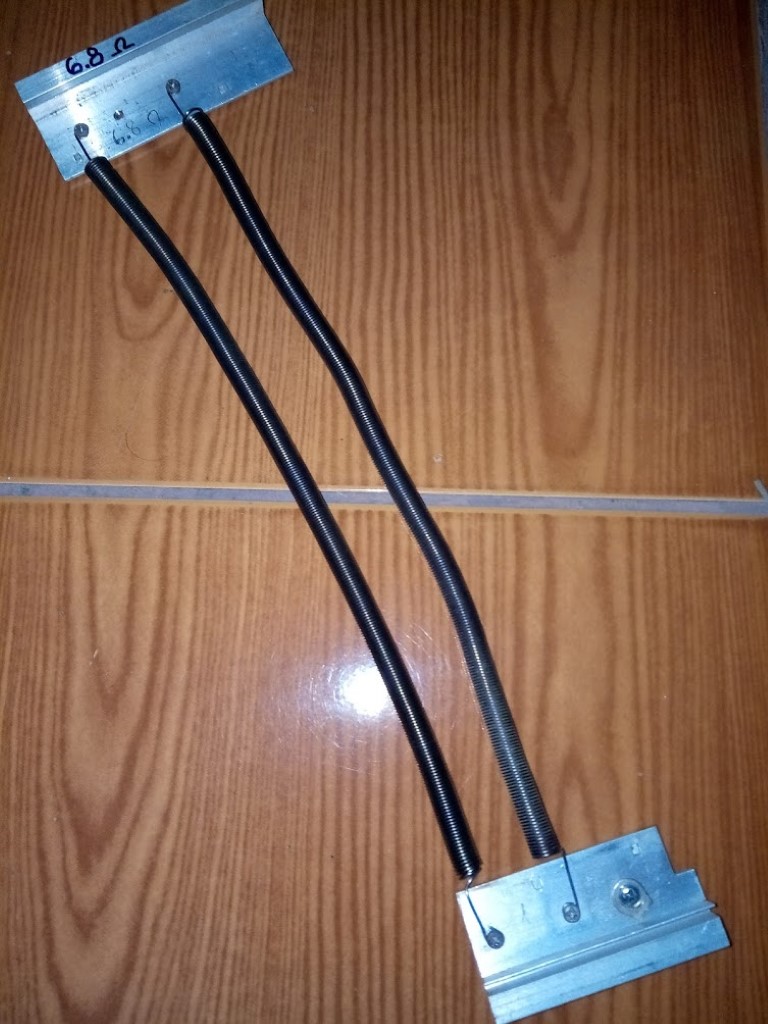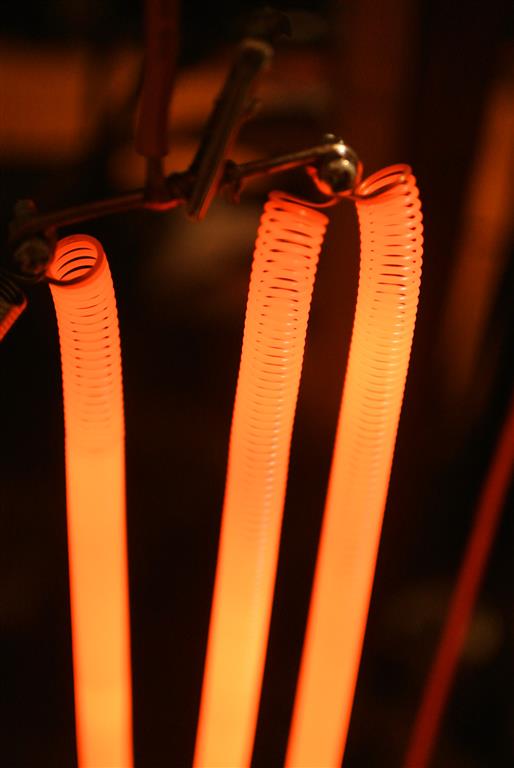Can I give this bulb more than 24v? or should I work in 24v increments in series?
Can I add a simple pot to adjust the amp draw without affecting the voltage?
btw, was always wondering why can't I power a 220v bulb with let's say 50v dc...
The wire inside the bulb looks so thin, how can it not get hot?
Can I add a simple pot to adjust the amp draw without affecting the voltage?
btw, was always wondering why can't I power a 220v bulb with let's say 50v dc...
The wire inside the bulb looks so thin, how can it not get hot?



